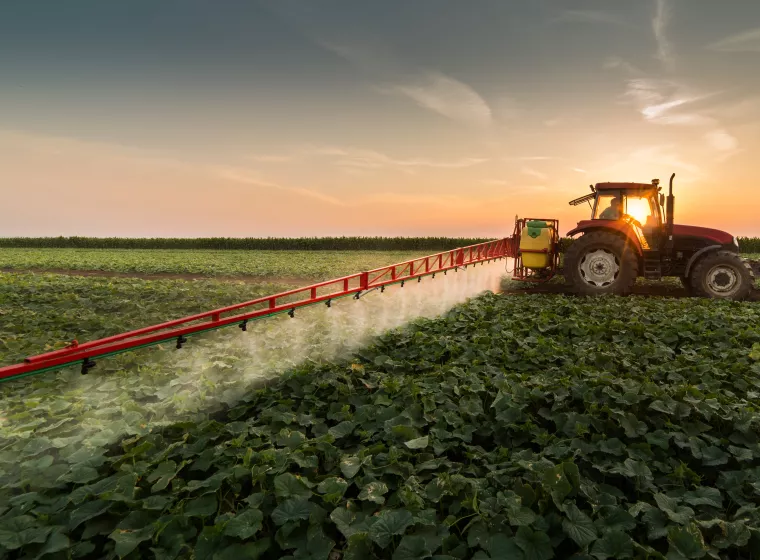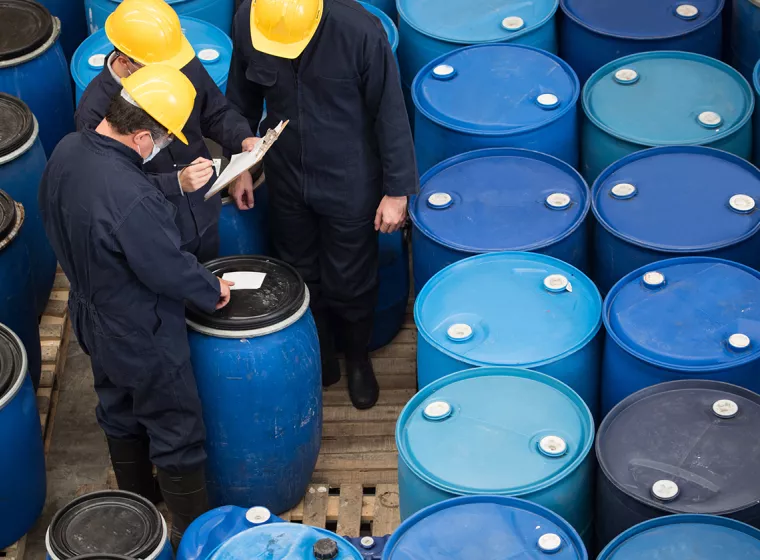September 30, 2025
Newly revised guidance increases applicant responsibilities, modernizes risk assessment, and aligns with EU regulatory standards
In August, the European Chemicals Agency (ECHA) updated its guidance on the Biocidal Products Regulation (Regulation [EU] 528/2012 [BPR]), Volume III: Human health Parts B+C: Assessment & Evaluation. Marking the first major update in nearly seven years, version 5.0 represents a full revision of the previous guidance. Applicants seeking EU/EEA approval for biocidal active substances, biocidal products, or treated articles with biocidal claims must apply this updated approach.
Applicants will need to familiarize themselves with the new version of the guidance immediately. For companies with active substance submissions currently in the pipeline, v5.0 guidelines will apply beginning March 2026 (six months post-publication) and to new product submissions beginning in August 2027 (two years post-publication). Where prior guidance was lacking, certain provisions will take immediate effect.
What's changed in v5.0?
While the 2017 version sought to consolidate information from many guidance documents covering different areas of human health assessment into one place, the 2025 update takes a pared down approach. In many areas the scope and detail of the document has been reduced, now placing the onus on users and applicants to consult additional guidance documents that are no longer detailed in v5.0. Notably, guidance on dietary risk assessments and livestock exposure, now contained in a separate Volume III (Part D), and guidance for Substances of Concern (SoCs) risk assessment have been removed.
Guidance on generating data and testing on toxicological properties concerning active substances and biocidal products has been updated in line with Regulation (EU) 2021/525 amendments to Annex II and III information requirements of Regulation (EU) No 528/2012. The main areas of change are in the assessment of mutagenicity, reproductive toxicity, and developmental neurotoxicity. Applicants will be required to follow updated Organisation for Economic Co-operation and Development (OECD) and ECHA Classification, Labelling and Packaging (CLP) guidance in submissions for active substances and biocidal products approvals.
The 2025 update also introduces new requirements to consider when performing human health risk assessments. For example, there are now explicit conditions and requirements for conducting secondary inhalation exposure assessments in re-entry scenarios for volatile substances. Risk assessors will be required to consider the outcome of the risk assessment and its subsequent impact on the authorization of the Summary of Product Characteristics (SPC).
Additional requirements have been included for generating product/use-specific exposure studies and data in support of Tier 3 refinements, and applicants will need to consult additional guidance from the OECD. The tiered approach for combined exposure assessments considering active substances and SoCs have been further developed in alignment with modern risk assessment practice. While new approaches are proposed to derive systemic exposure estimates for corrosive substances, the framework for local effects risk characterization refers more closely to relevant guidance provided under REACH, which applicants will need to consult separately.
Who will be impacted?
The updated guidance will impact any company seeking to place biocidal active substances, biocidal products, or "treated articles" with biocidal claims on the EU/EEA market. Applicability is not limited to new entrants; guidance also applies for those seeking renewal, variations/amendments, use extensions, and product-family changes. Exponent can help you navigate through the changes and challenges introduced in the new ECHA guidance document.
What Can We Help You Solve?
Exponent draws on expertise in plant protection products, pesticides, and related technologies to guide clients through EU and UK regulatory pathways. We assemble and submit data packages and dossiers, liaise with authorities, respond to evaluation queries, develop regulatory strategies, and manage active-substance and product projects across the full lifecycle.

Human Health Risk Assessments for Plant Protection Products, Biocides & Chemicals Under REACH Regulations
Regulatory assessment and modeling for plant protection products, biocides, and chemicals under REACH.

Biocides in Europe
Full product lifecycle strategy support, specializing in active substances.

Biocides & Antimicrobials
Expertise in multifaceted regulatory requirements in biocide and antimicrobial product approval processes.

Chemical Regulation & Food Safety
Overcome global regulatory challenges for food, pesticides, and personal care products.

EU REACH Support
Extensive consulting services to help you meet the EU's REACH compliance requirements.
![Biocides [CRFS]](/sites/default/files/styles/cards_home_card/public/media/images/GettyImages-1278640196.jpg.webp?itok=g5xMzJHv)
Agrochemicals in Europe
Support across the overall product and process lifecycle related to placing plant protection products and fertilizers on the EU market.




